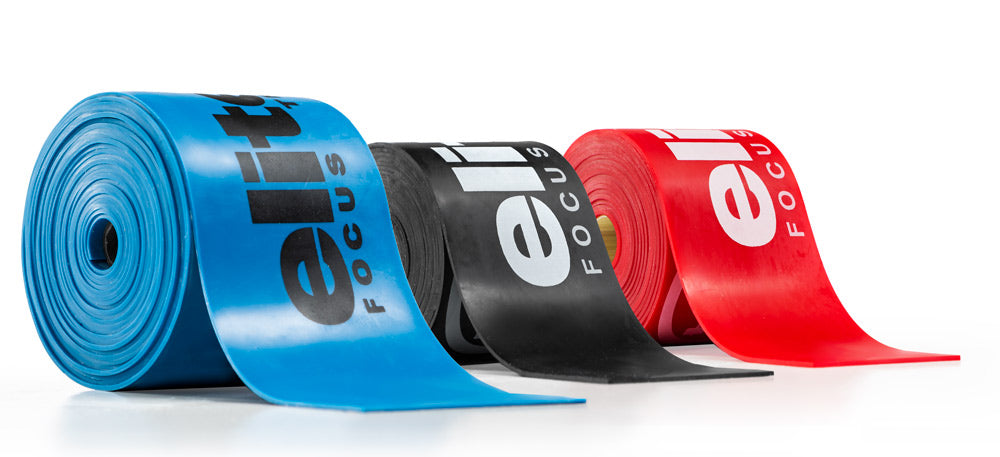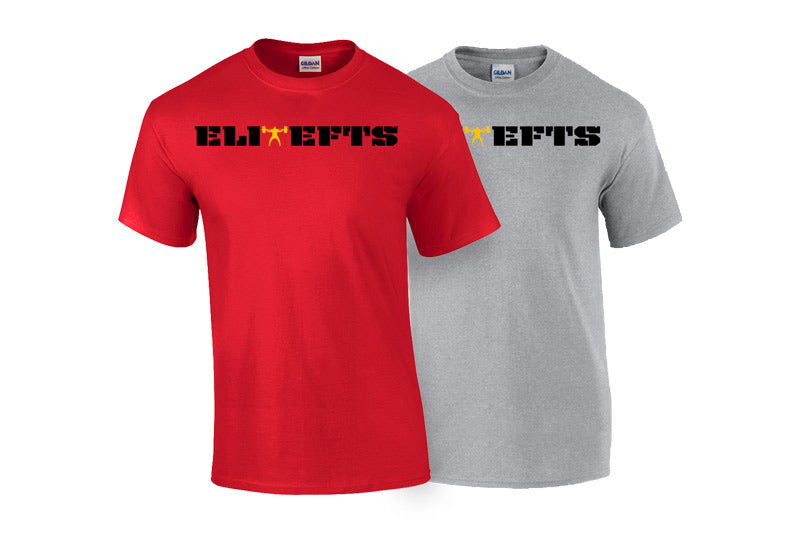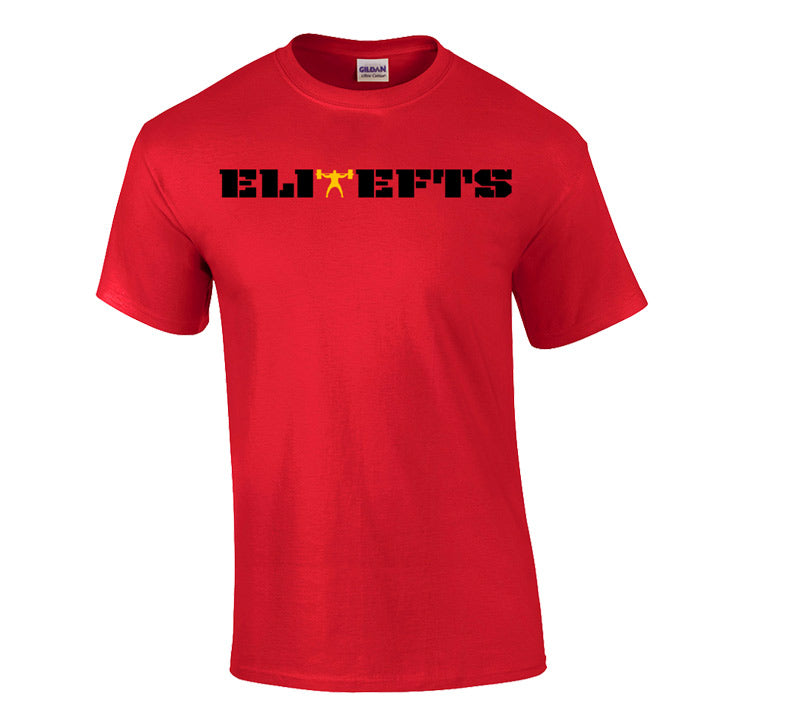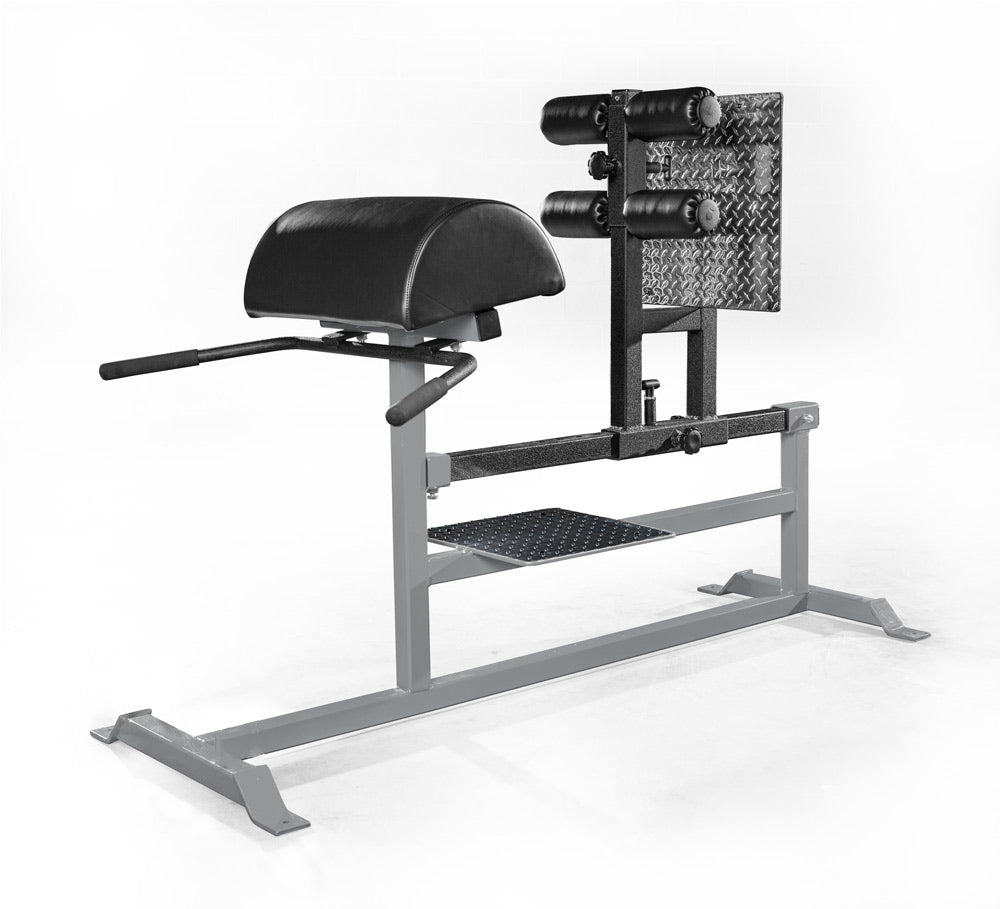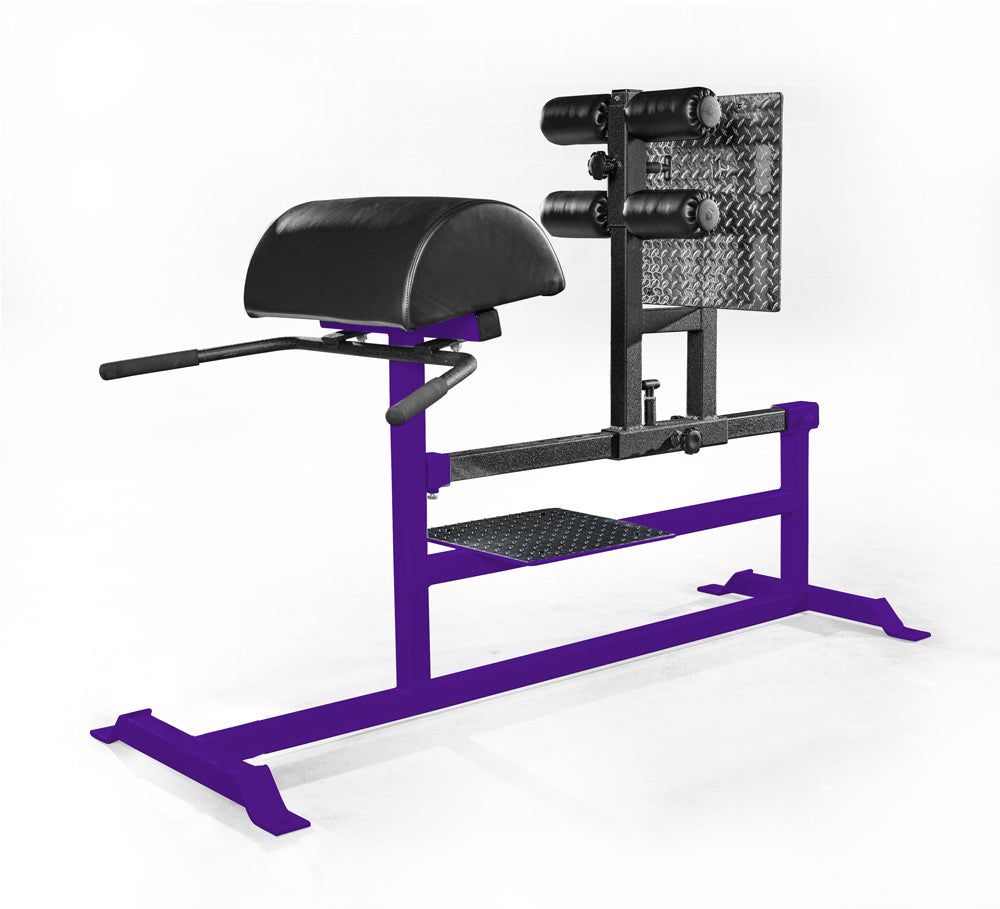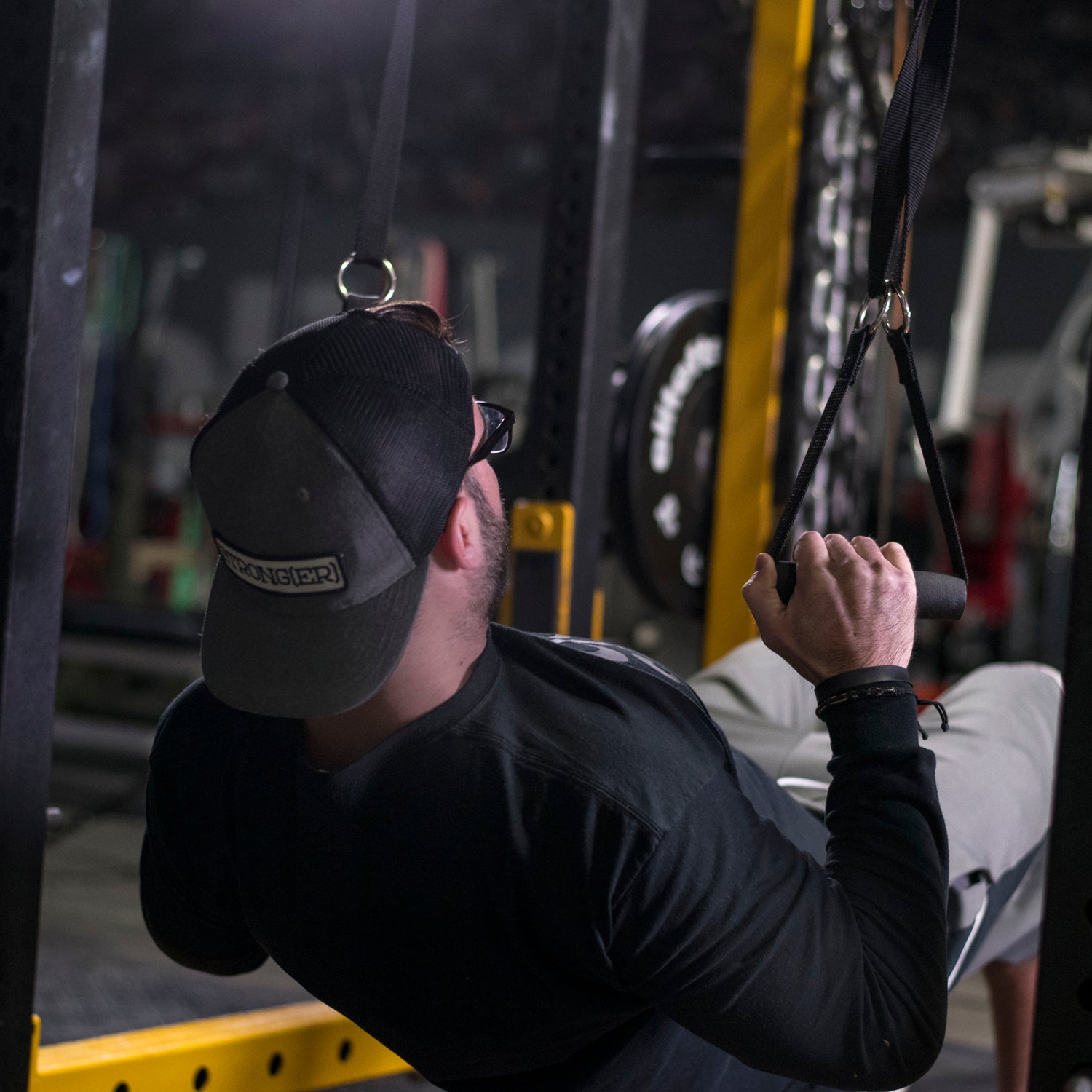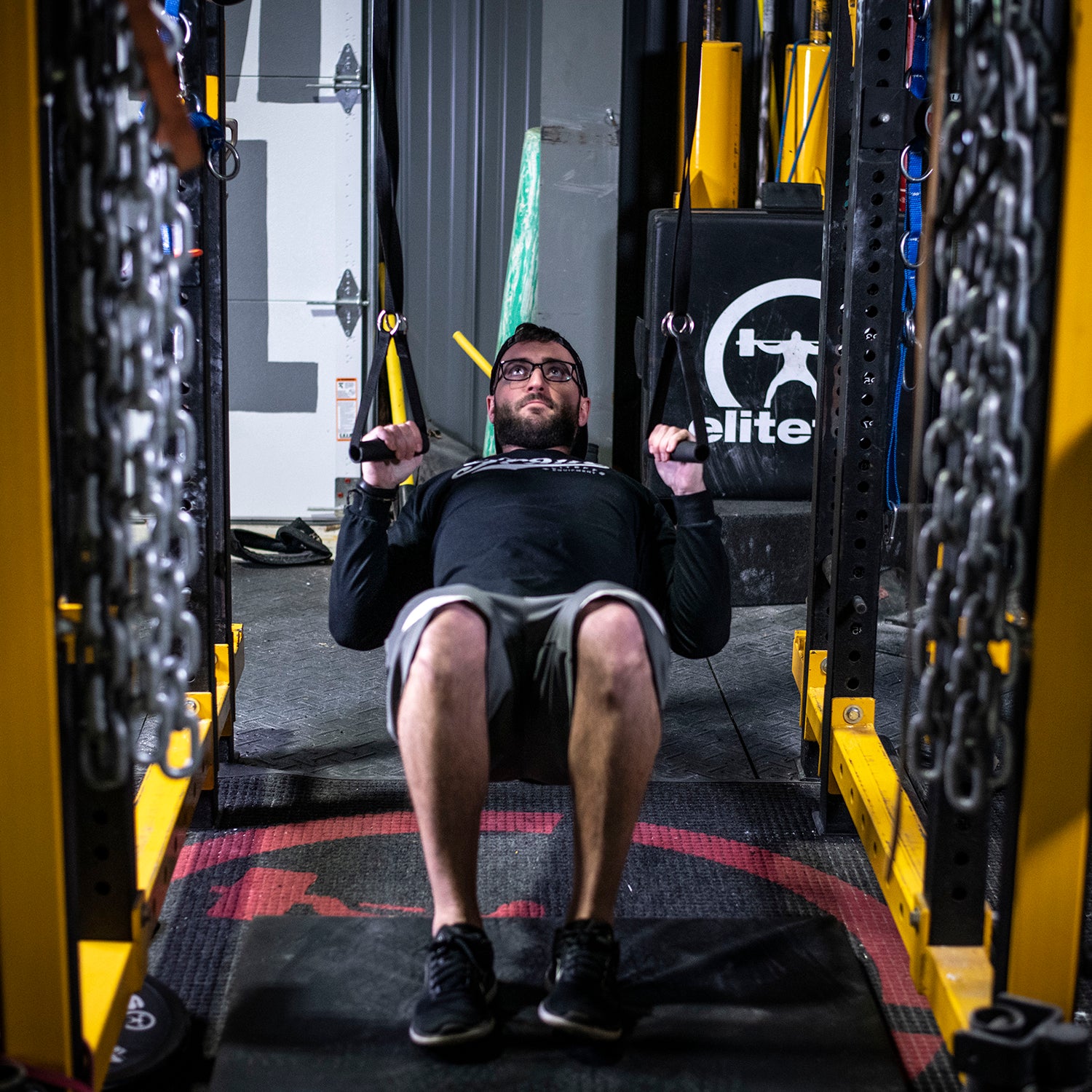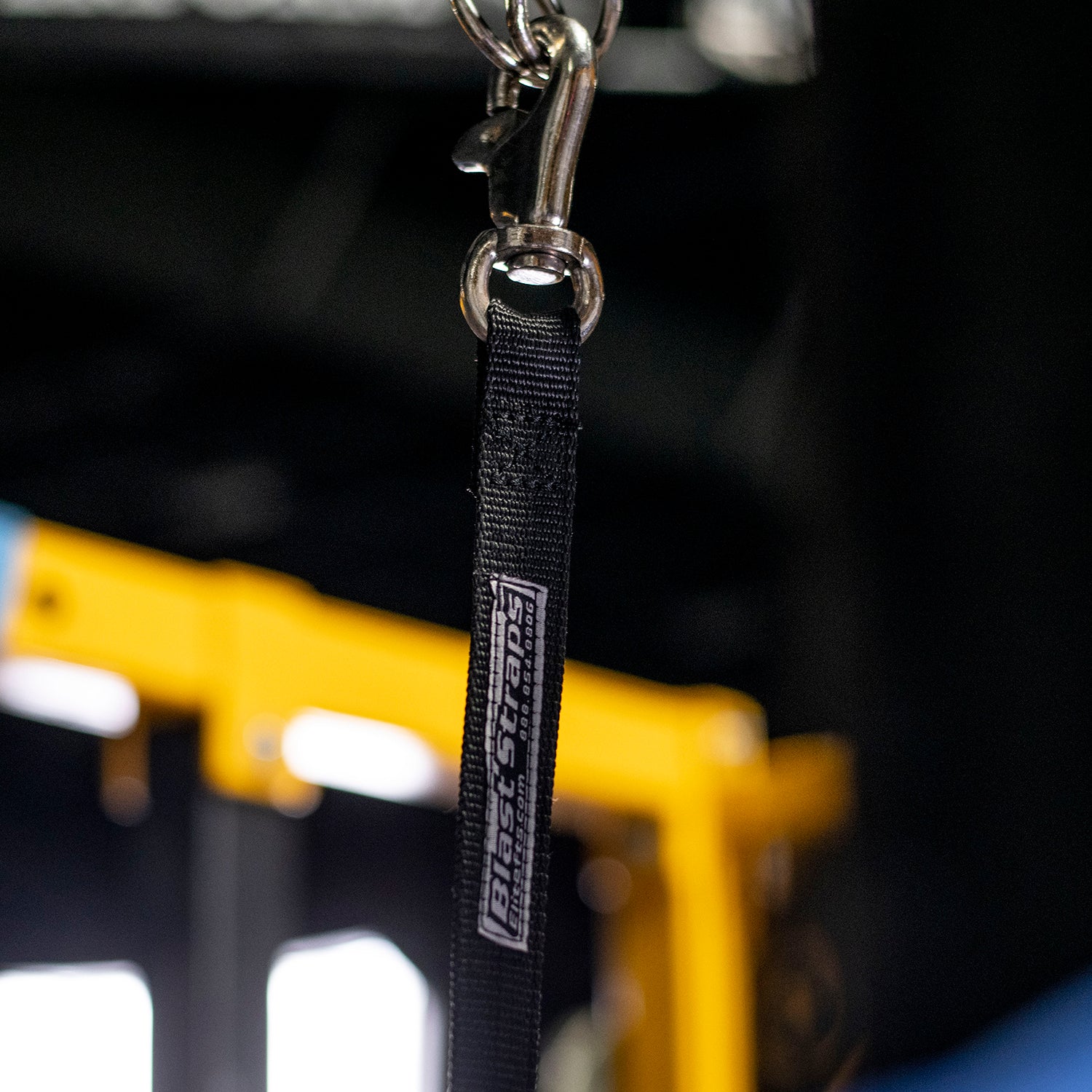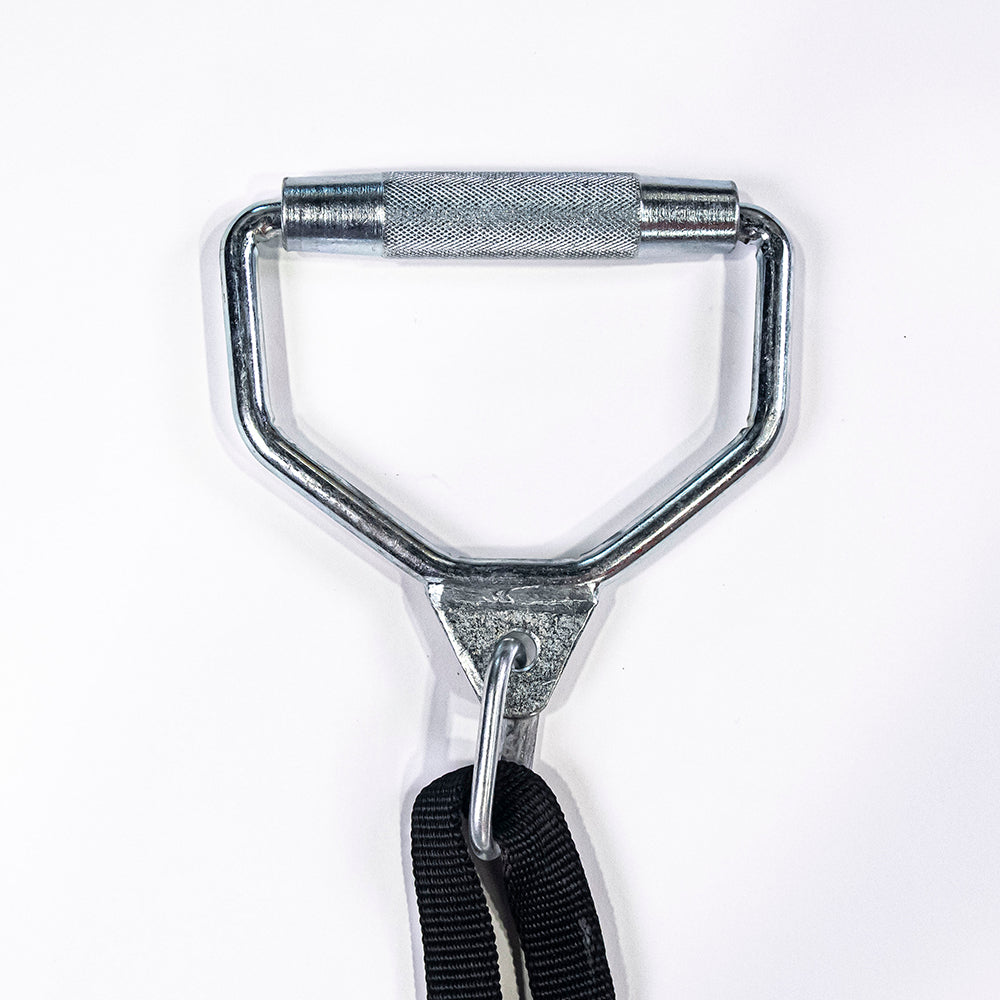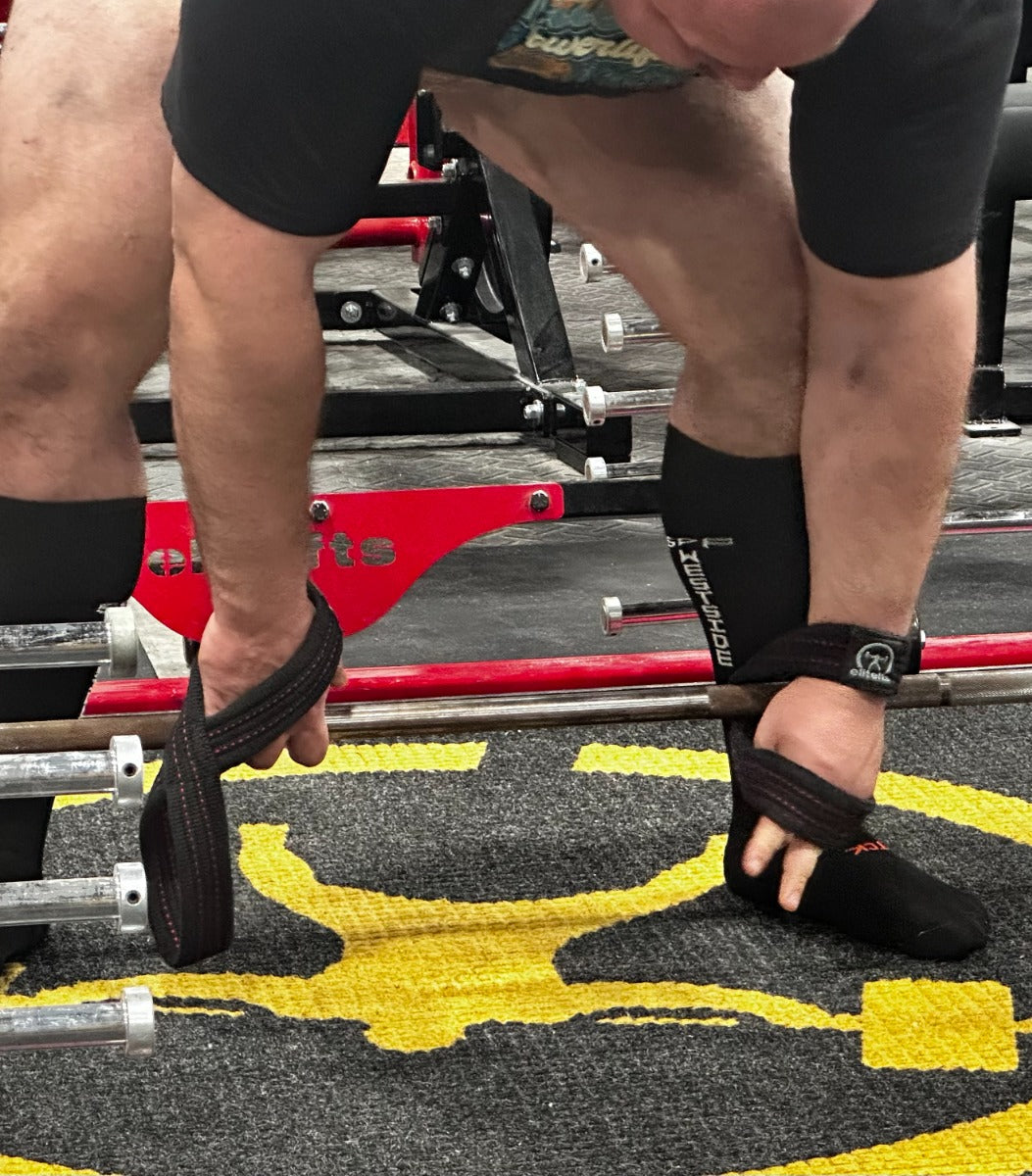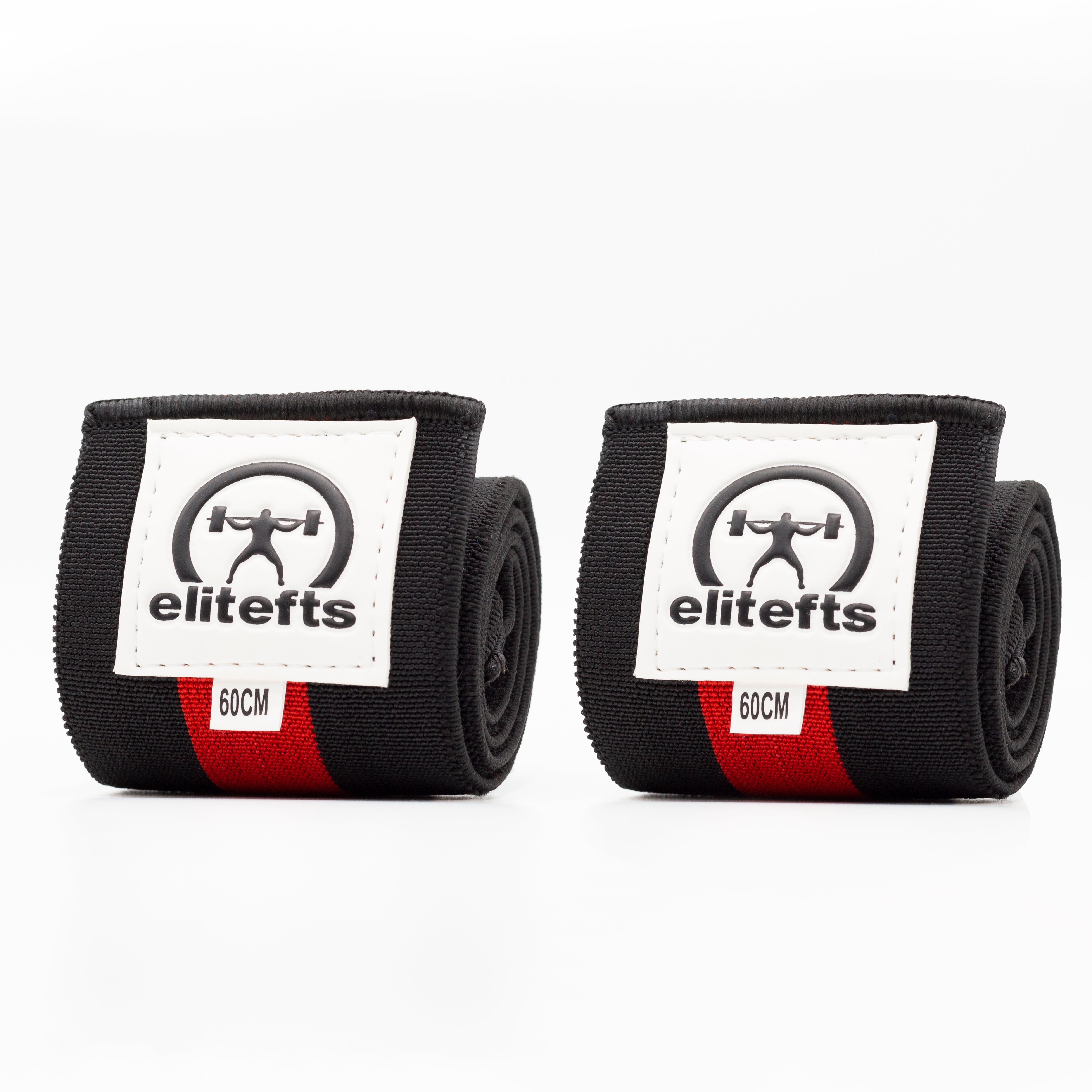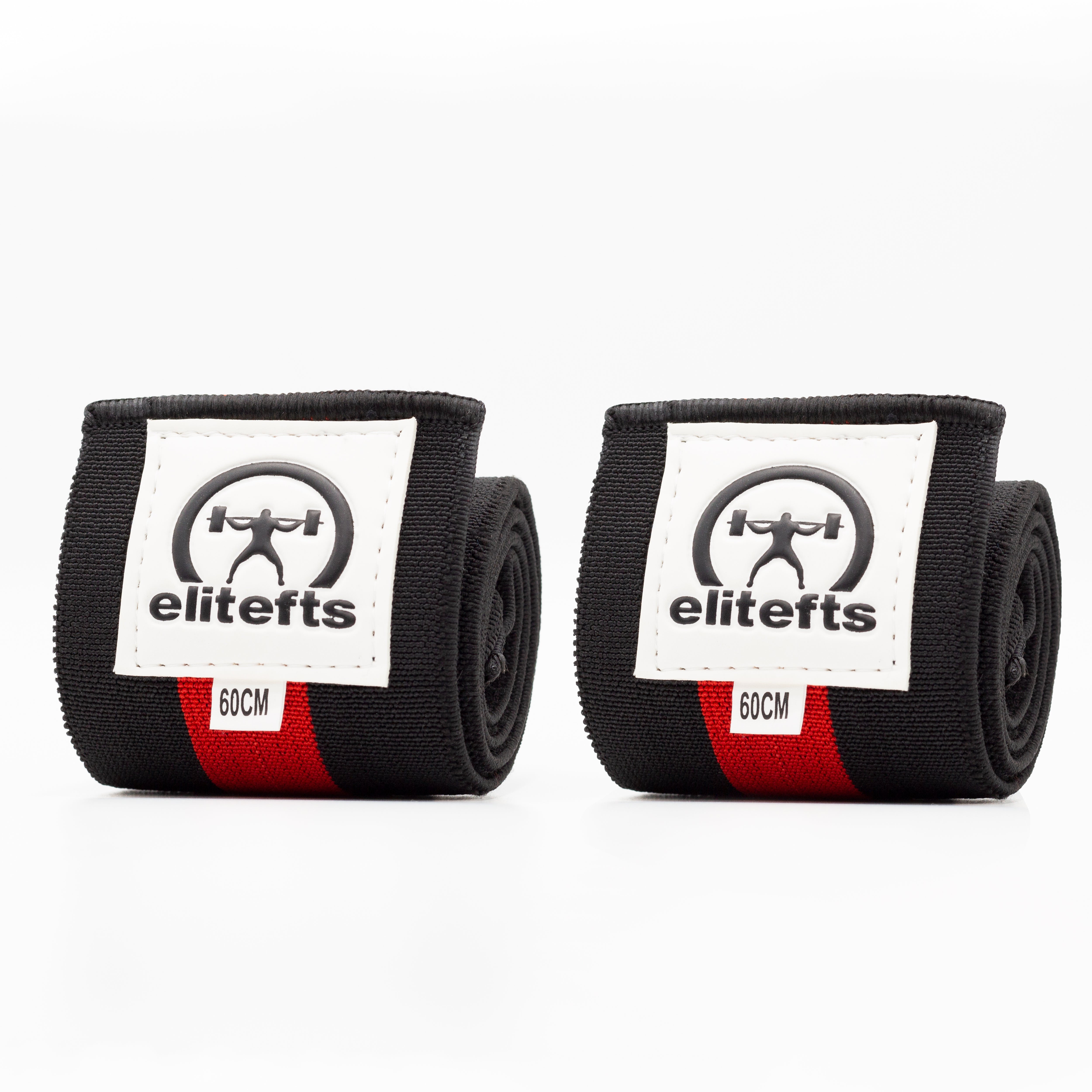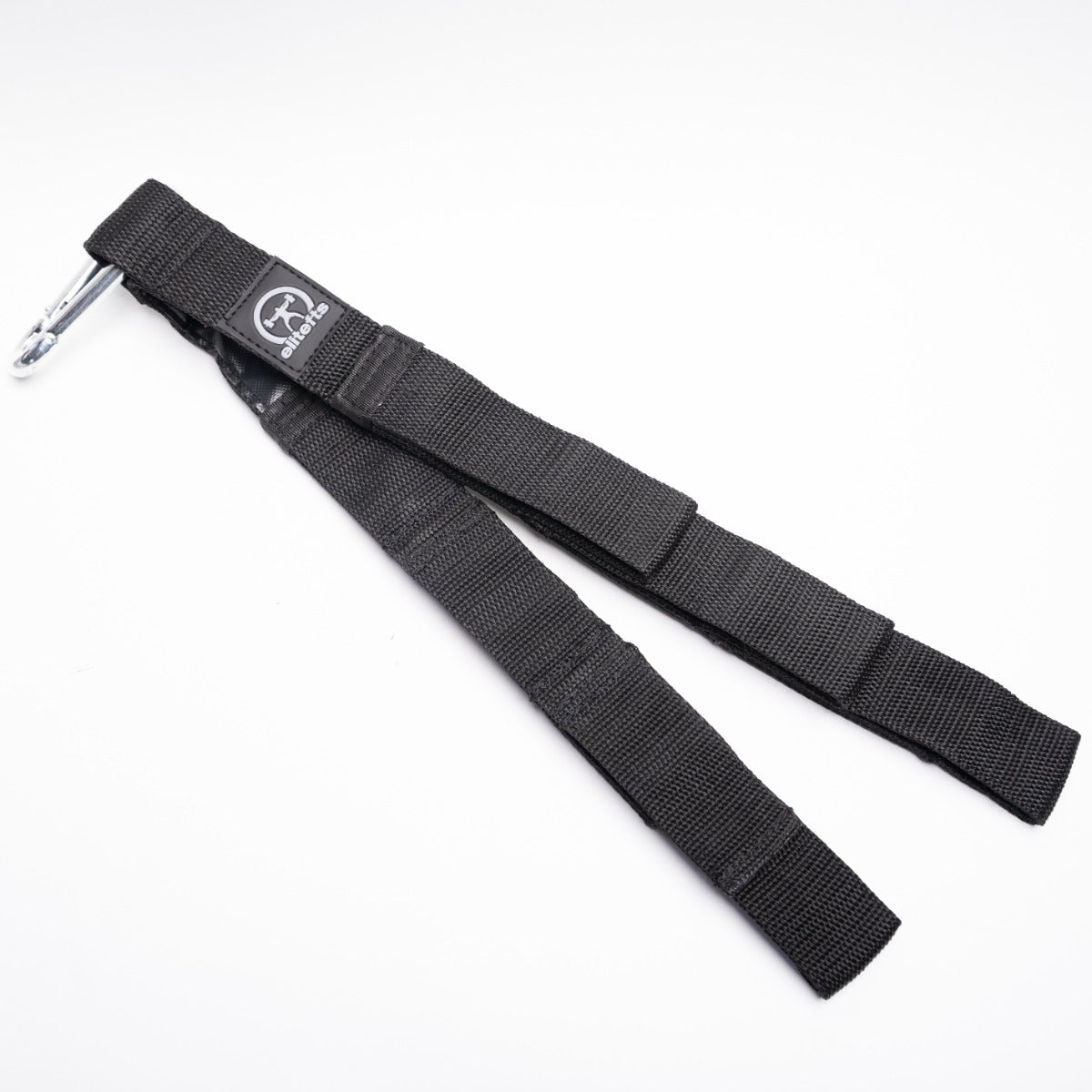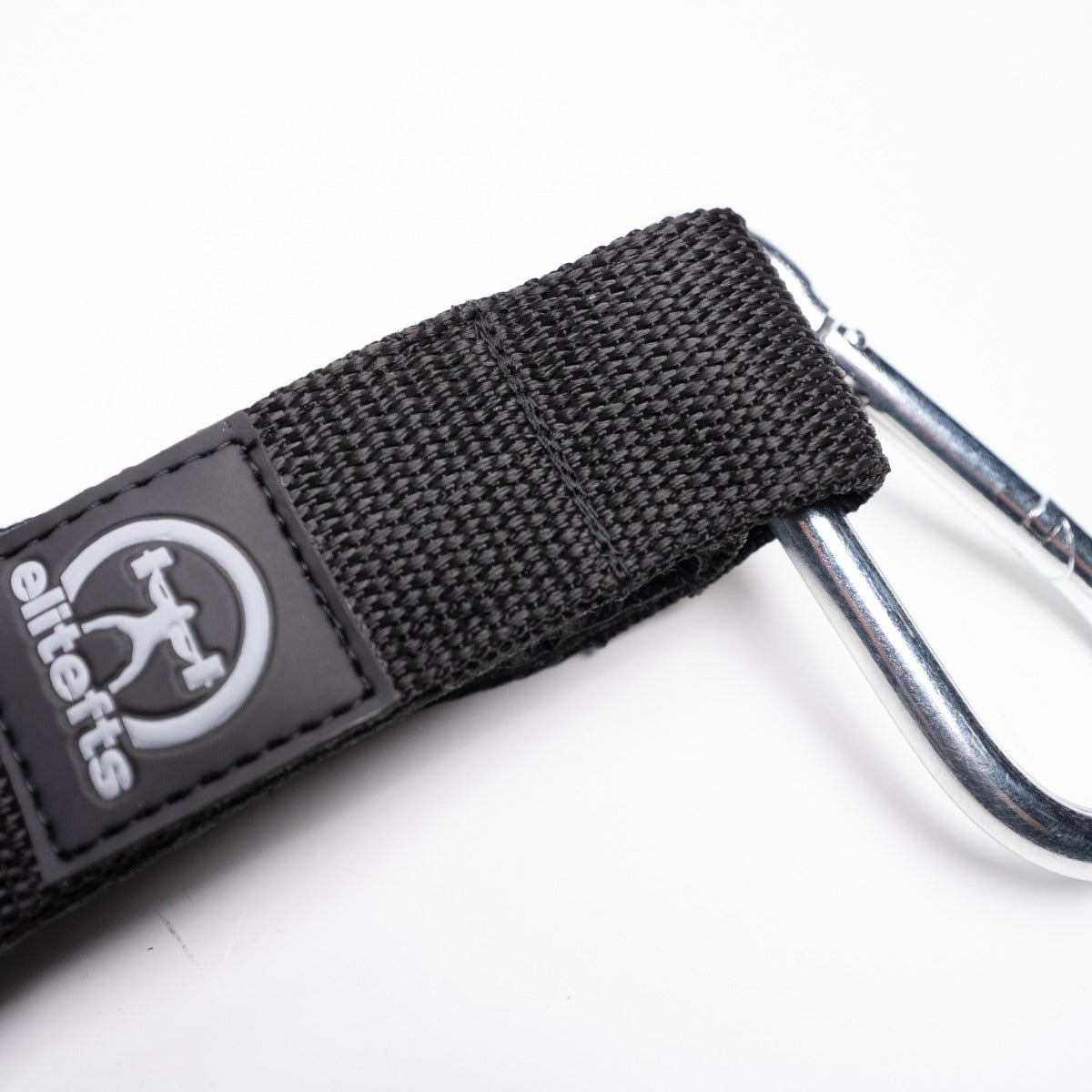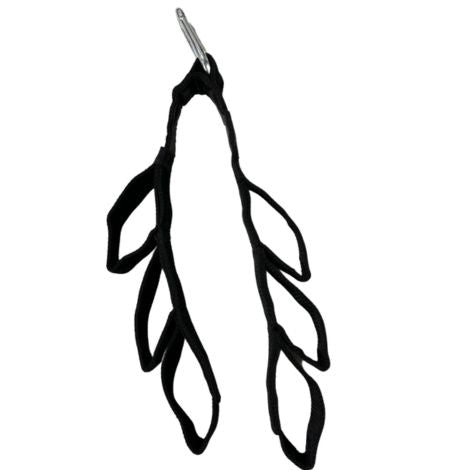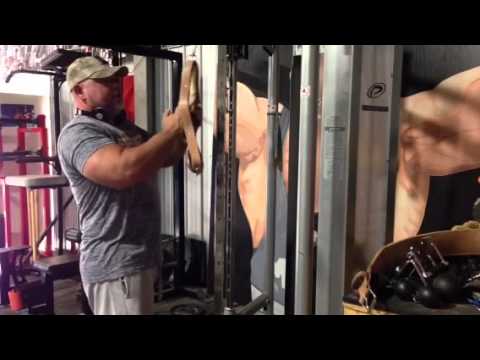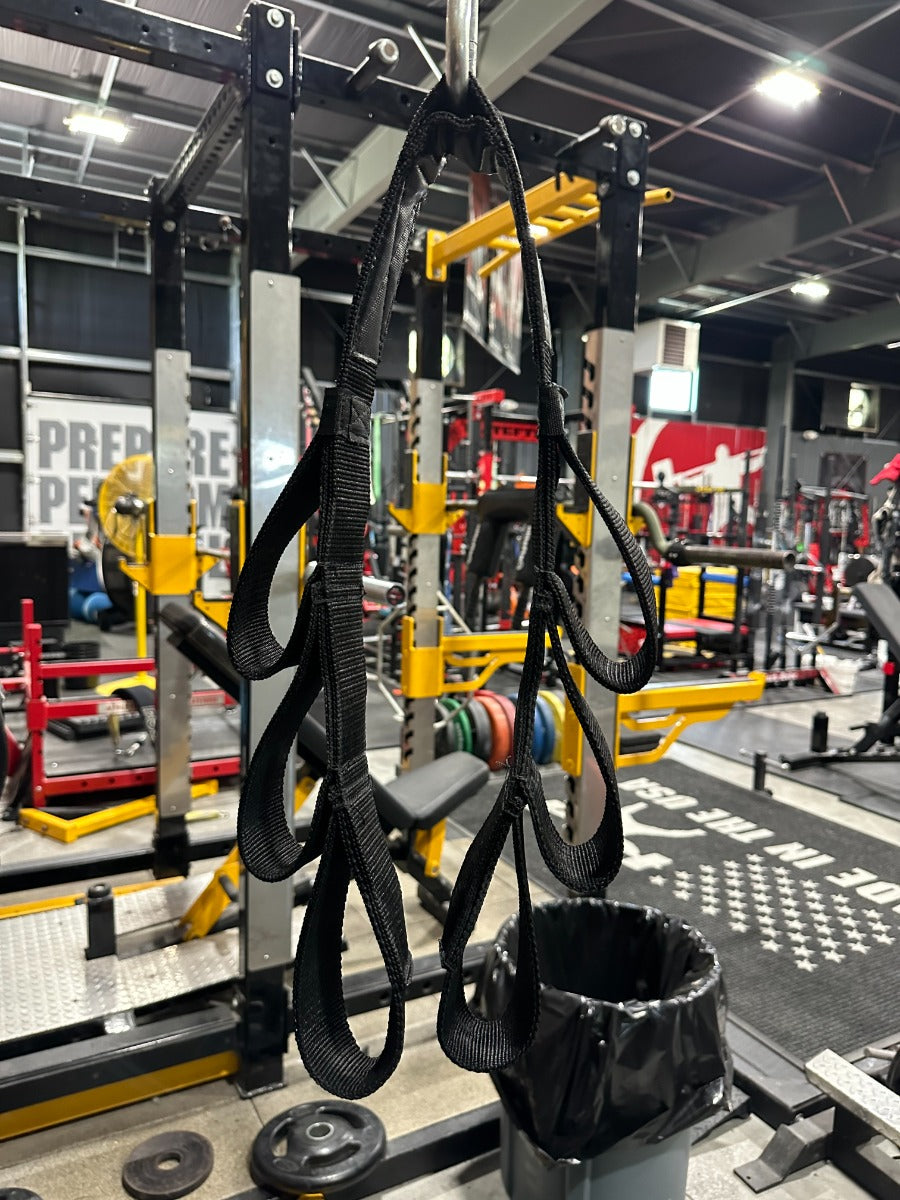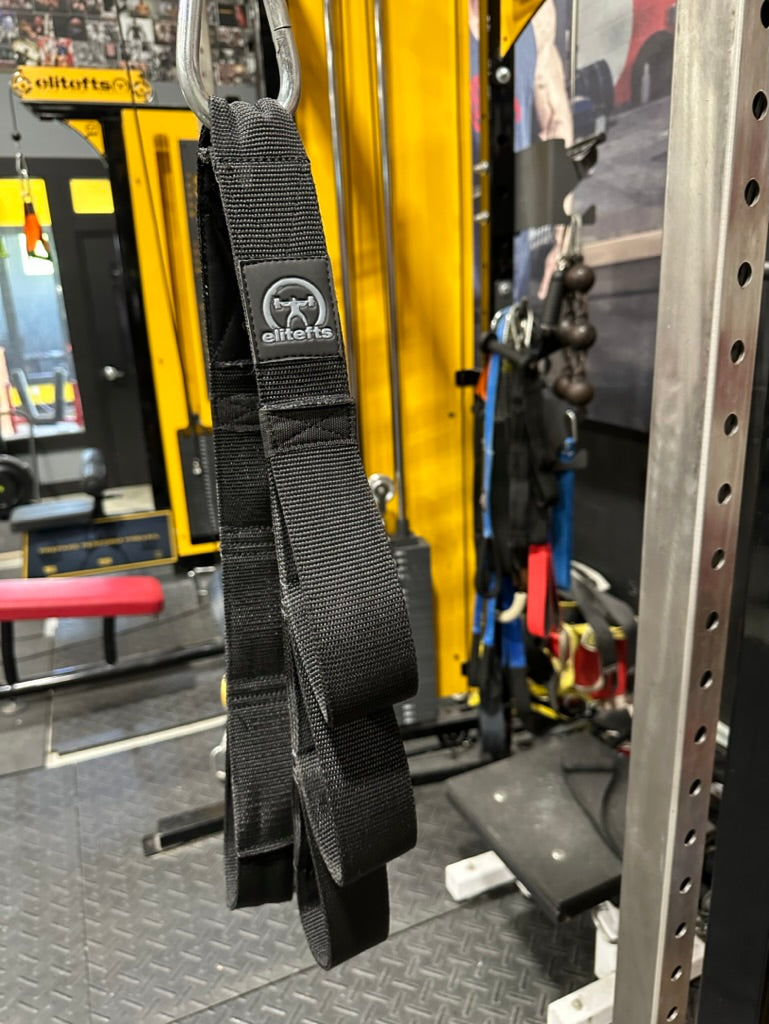On March 7, 2025, I did one of the stupidest things that I could've done: I flipped a tire. However, this decision turned out to be the one thing that propelled me to a place in strongman that I have never been before: at the top of the podium. I want to share my story in the hope that you can draw some lessons and inspiration from it for your own training.
This tire flip happened right in the middle of my preparation for the first strongman contest of the year, Muskoka Mayhem II. Training had been going great. I was overcome with fatigue from all the extra cardiovascular activity I was doing to lose 40 pounds. I committed to cutting down from 300 lbs to the 120 kg (265 lb) weight class. After a few months of trying to build strength and cut weight, my feet were killing me. I was supposed to be doing a bunch of incline walking on the treadmill this session, but I got a bright idea: I'll flip a tire instead. I am a strongman athlete after all, and tire flipping is rather demanding on the heart and lungs.
I even thought that I had made a good choice by picking a warm-up tire, around 400 lbs, instead of a heavier one. That turned out to be a worse choice than going with a heavier one. I felt strong. I was basically jump-flipping the tire, which is a great exercise. My fatigue eventually caught up with me. My palm got stuck on the tread as I tried to flip the tire explosively. My hands caught on the tire when moving from the supinated starting hand position (hands under the tire) to the pronated position (hands on the tire) to finish the flip. This happened while I was already driving forward. Something in my right elbow crunched and popped, and I felt a slight dislocation occur. Since I had done stupid things before, I had a strong suspicion that this incident would not be suitable for my strongman season: a hospital trip, maybe even a surgery. After I calmed down from the shock, I went home and had my wife help me tie up a knee wrap as a sling. I often tell others, "Don't do exercises that you don't need to do during contest preparation," but clearly I did not listen to my own advice. During contest preparation, focus only on what will prepare you optimally for the competition.

I began rehabilitating my arm the following day, starting with bouts of isometric contractions and passive stretches throughout the day. I also visited my team of medical professionals to have it assessed. The verdict: I did a bunch of soft tissue damage to elbow flexors and forearm rotators, in particular the brachioradialis muscle. To give you a picture of it, I had lost about 80% of my forearm rotation and 60% of my elbow flexion active range of motion. I couldn't hold onto my new daughter, who was three months old at the time. I was determined to make it better. I really had no choice. After three days of dedicated work, I was out of the sling. Keep in mind that I was simultaneously doing everything I could to improve my strongman skills. Single-hand Dinnie ring holds and Safety Squat Bar squats were about all I could handle that were specific enough to the upcoming contest events. About a week after the injury, I had most of my active range of motion back, but it was still excruciating. Not nearly competition-ready, but by all considerations, a really great start. Whenever you return to sport after an injury, ensure that you perform all your rehabilitation work at the beginning of your training session. That way,, youensuree it gets completed and the injured area isast primedas possiblee before you start sport-specific training.
Coming back from injury has become a specialty of mine. Not only have I spent most of my adult life studying athletics, human motion, and rehabilitation, but I have been practicing it for 20 years. This was just another opportunity to see what I could achieve. I spent eight weeks in intense focus on rehabilitation and preparation to compete in the contest. After four weeks, my arm had regained about 25% of its full strength. I could pick up a 150 lbs sandbag, slowly, and with some moderate pain. Unfortunately, I realized at this point that I would not be in a healthy enough state to compete, and I withdrew from the contest. This sandbag lift was one of my 'reality checks.' I use reality checks between four and eight weeks before a competition to ensure that I or my athletes meet some minimum strength requirements to reduce further injury risk. Make sure to implement reality checks if you are returning to sports after an injury, as they can help prevent further injury. I then turned my attention to the last qualifier of the season: Six Nations Strongest. It gave me seven extra weeks to focus on regaining full strength and shedding the remaining weight. If I could make it, I could also earn a spot at the Ontario provincial championship. So, I locked in.
The 11 weeks leading up to the contest pushed me extremely hard. It was the most complex preparation I have ever had to endure. My sleep had deteriorated due to having a very small baby at home. The hunger was intense, sometimes turning into hanger, as I slowly ate less and moved more. Cutting weight was never something I had done before, so there was a lot of anxiety about it for me.
Additionally, I pushed as hard as I could on my strongman training to continue building strength and proficiency. At times, it was so difficult that all I could do was focus on the mantra of 'just do this for one more minute' on repeat, and it worked. It was brutal, but you know what? I made it. I lost the weight. I got a few small personal records in training and maintained most of my strength. My taper went perfectly to the point that I even made a video about it after my last training session. However, that last week before the contest, I kept thinking to myself: there is no way I really just put it all together. The key takeaway here is that you will always have doubts, regardless of how well your training has progressed. Find a mantra, affirmation, action, or thought, and repeat it to yourself when times get tough.

Winning a contest had been my goal for 13 consecutive seasons. I've won my class in some powerlifting meets. I've had numerous podium finishes in strongman at this point. I've got some of the strongest shoulders in Ontario, maybe even Canada. I was even on a streak of second-place finishes at this point, but I had just never been able to accomplish this goal. It ate at me. All. The. Time. That is why I had to keep trying. I needed to show myself and my kids that I could accomplish what I had set my mind to many years ago. My chance was to become the Six Nations Strongest Man. Take it or leave it.
The contest was a roller coaster. I placed third in the deadlift medley, then won the overhead pressing event. Event three was a farmer's walk and sandbag carry, and should have been disastrous for me, given my grip issues and asthma. However, when a faster competitor made a costly mistake, I seized the opportunity and retook first place. The fourth event tested my still-healing forearm, but I managed to secure second place with a single sandbag load, while others failed to complete any repetitions. Going into the final event, I was in first place. I just needed to place third or higher to win overall. The front hold is typically one of my strongest events, but I lost focus and didn't set up correctly. I finished 1 second short of the top two guys. Fortunately, that was exactly enough to secure the overall victory.

I became the Six Nations Strongest Man in the U120 kg class, winning my first strongman contest. Even as I write this, I have trouble explaining the feeling other than to say, I felt like a king. I went on a 15-year-long and gruelling campaign, and finally was victorious. The longer I journeyed, the harder it became. However, I finally put it all together and accomplished my goal. I was overcome with a mixture of relief and validation, realizing that I can do great things. Most people had expected me to give up already. No one believed that a person with asthma like me could win in today's competitive landscape. It took me much longer than most, but here is the proof that you can overcome significant obstacles if you set your mind to it.
If you find yourself aspiring to return to sport after an injury, consider these major lessons to keep you moving in the right direction:
-
Don't do exercises that aren't necessary for rehabilitation or contest performance optimization.
-
Perform all of your rehabilitation work at the start of your training sessions to ensure it gets done and primes the dysfunctional tissue for the sport-specific training.
-
Create 'reality checks' four to eight weeks before your contest to determine your readiness for competition, and hold yourself to the results. Don't compete unless you're ready.
-
Find a saying, a person, or a thought that keeps you accountable when it hurts and gets tough.
This serves as an example that you can accomplish great things as well. I'm not that special, and neither are you. You just need to commit to relentless execution, evaluation, and adaptation. You will find a path to the big goal. It may take a very long time, but you can always find a way if you have enough will to persevere. Keep your eye out for the right opportunity, as it may be disguised as an excuse. Looking back, it would have been so much easier if I had let that injury derail my journey. I could have easily told myself, 'Just take the time off; you'll get it next year.' I am so glad that I chose to continue sacrificing and persevering. That choice set me on a path from sling to king.

Tyler Desplenter received his Bachelor of Engineering Science Degree in Software Engineering and Doctor of Philosophy Degrees from the University of Western Ontario in 2013 and 2018, respectively. His doctoral work consisted of developing human motion models to power the control systems of wearable devices used for physical rehabilitation. He was appointed to a post-doctoral position in 2018 at the University of Western Ontario, where he worked on developing devices to measure and suppress hand tremor. Dr. Desplenter was the founder and operator of Northern Warrior Strength Systems, a company that engineered and manufactured custom strength equipment for North American markets from 2017 to 2022. He is the owner of Strength Intelligence, which is focused on technology, coaching, and education within the realm of strength training. Dr. Desplenter has competed as a strongman and powerlifter for over a decade, becoming a veteran in the strongman community in Ontario, Canada.


























